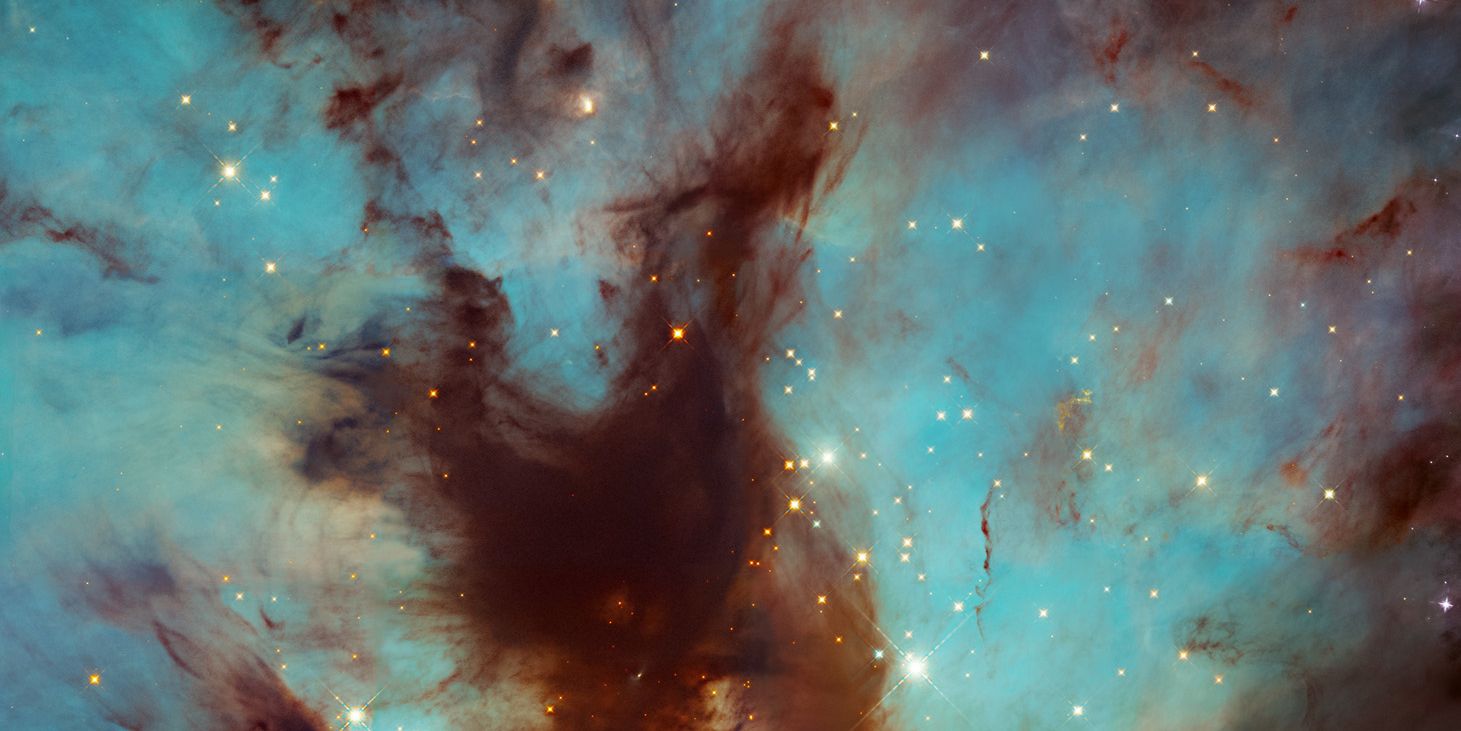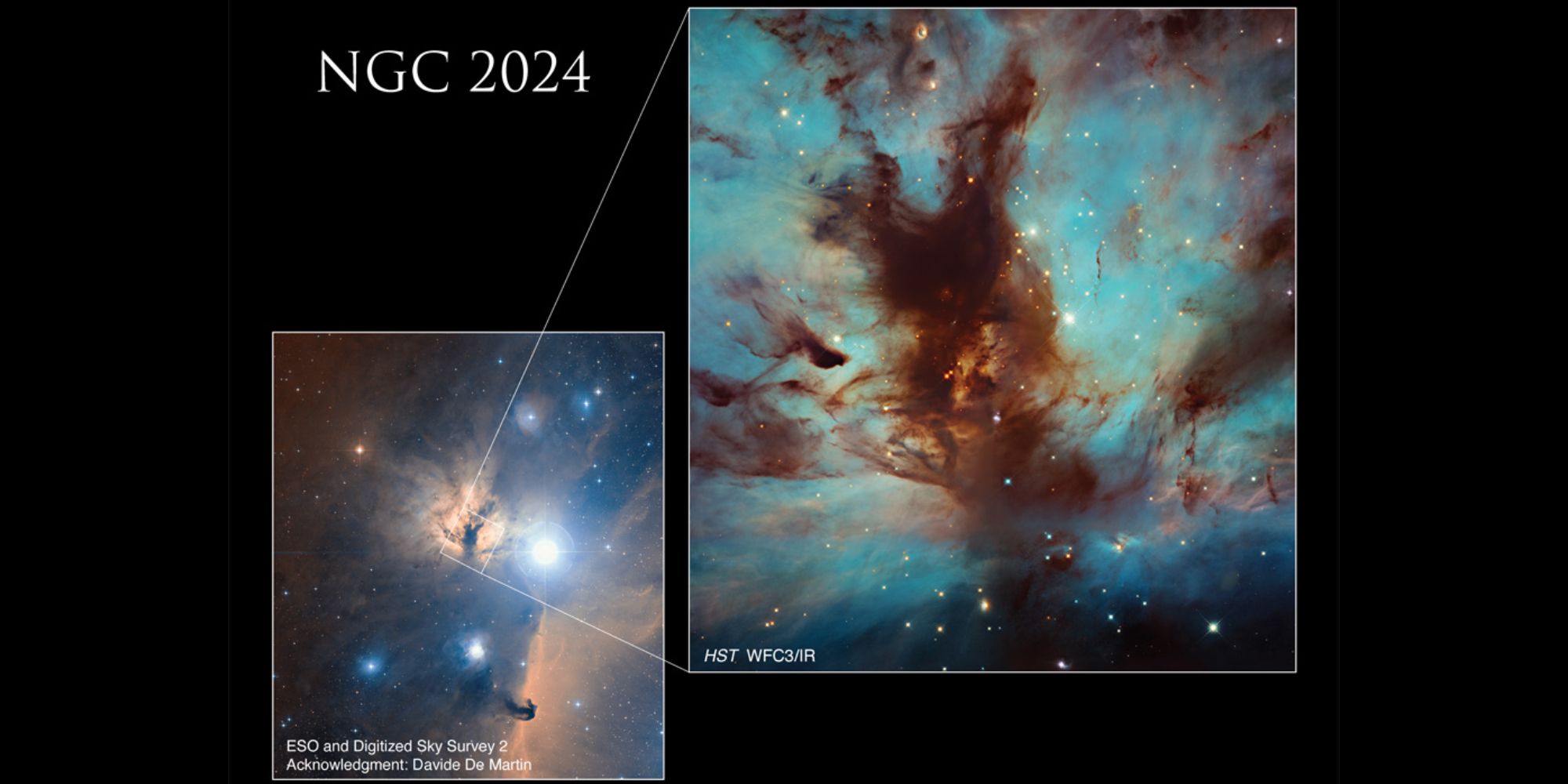
Space nebulae take on many different appearances, but this 'Flame Nebula,' spotted by NASA's Hubble telescope may be one of the most captivating. Although Hubble has nothing more to prove these days, the prowess of the telescope continues to impress 31 years after its launch. Between helping us better understand the universe to capturing some of the most beautiful space photographs in existence, the impact Hubble's had on space exploration can't be overstated.
One type of entity Hubble's photographed a lot over the years is nebulae. Nebulae are large bodies of interstellar clouds scattered all over the universe. They take up multiple trillions of miles of outer space, reach temperatures of 10,000°C, and are often some of the most striking things to look at. NASA's recently shared photos of nebulae with strange bubble structures, others sending huge shockwaves through space, and plenty more.
In one of the more recent Hubble photos shared by NASA, the telescope offers an incredible view of the Flame Nebula (also known as NGC 2024). The image is nothing short of amazing. All the blackness of space is filled with an abundance of colors — including dark brown dust, blue gas surrounding it, and parts that look turquoise. The nebula's made even more beautiful with numerous stars shining brightly through all the dust/gas, resulting in a photo that almost looks unreal.

Along with its stunning looks, the Flame Nebula also has an interesting history and composition. It was first discovered back in 1786 by astronomer Wilhelm Herschel. The Flame Nebula resides about 1,400 light-years from Earth in the Orion constellation, has a radius of 6 light-years, and is estimated to be around 200,000 years old (a small blimp relative to the age of the universe).
All the dark brown dust in the center of the photo? That's the heart of the Flame Nebula where a star cluster lives. It's not present here, but near the Flame Nebula is the Alnitak star. As NASA explains, "Radiation from Alnitak ionizes the Flame Nebula’s hydrogen gas. As the gas begins to cool from its higher-energy state to a lower-energy state, it emits energy in the form of light, causing the visible glow behind the swirled wisps of dust."
As is often the case with these pictures, this is yet another reminder of how intricate and varied the universe can be. Some folks might think outer space is nothing but blackness and a few stars, but as Hubble's repeatedly proven over the years, that couldn't be further from the truth. Whether it be jaw-dropping nebulae, newfound planets, or head-scratching galaxies, there's always something out there to uncover.
Source: NASA
from ScreenRant - Feed https://ift.tt/3pmqIop


0 Comments